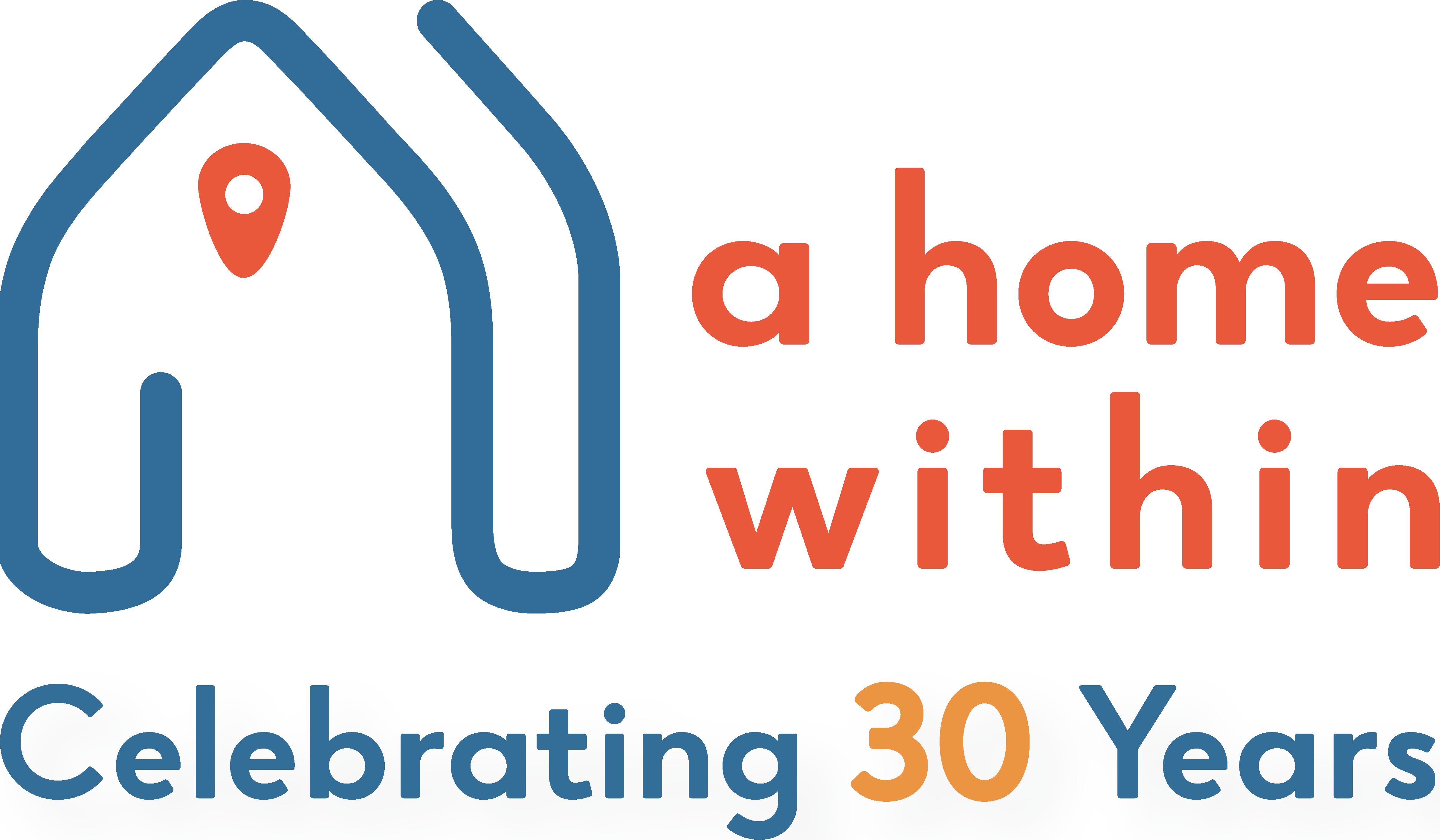The Winter Solstice marks the longest night of the year in the Northern Hemisphere—the day in which we enjoy the least amount of the sun’s light and warming rays. With darkness falling quickly, many are glad to be with family and friends who offer a different kind of light and warmth in anticipation of the approaching year-end holidays. Those less fortunate may suffer doubly—their day darkened by the absence of both sunlight and companionship.
I like to remember that the Solstice is the pivotal moment of turning toward light—when the darkest day passes, the next day will be brighter, as will the next and the one after—until we once again get to enjoy the longest day of the year. The gradual movement toward light is, of course, what we hope for all of the children and families affected by foster care. We hope that the moment that they entered the child welfare system marked the darkest day and that little by little their lives will be brightened until they can enjoy the fullness of the light and warmth of caring relationships.
When families come into contact with foster care their relationships are damaged; the parents are often broken-hearted because they have been unable to care for their children and the children have never learned–or have forgotten– how to hope that tomorrow holds the possibility of a brighter day. When we remove children from their parents we are making an implicit promise that life can be better, that their darkest days are behind them.
 Photo courtesy of foter.com.
Photo courtesy of foter.com.
Perhaps we will help their parents find the strength to care for themselves and their children; perhaps they will find the courage to realize that they can’t and release their children into the permanent care of others. Perhaps their children will be welcomed into the home of a family who will provide love and care until the children can be reunited with their parents or perhaps they will become a child’s “forever family.”
Unfortunately, “perhaps” is too much a part of our current child welfare system. Parents, children, caseworkers, foster parents, attorneys, therapists, and volunteers all live with too much insecurity. Uncertainty makes it hard to keep looking for the light—what if it doesn’t come? What if there really was no promise–just a comment about what could happen not a declaration of what would happen?
We know that human relationships can never be as unchanging as the rotation of the earth. There is absolute certainty in the promise of the winter solstice that days will be getting brighter. There is as much certainty as humanly possible when therapists working through A Home Within tell foster youth that they will be available “for as long as it takes.” We cannot harness the power of the sun and promise that their lives will be brighter day-by-day, but we can promise that we will do everything within our power to give them the stable, caring relationships that we know will help to give them brighter futures.
